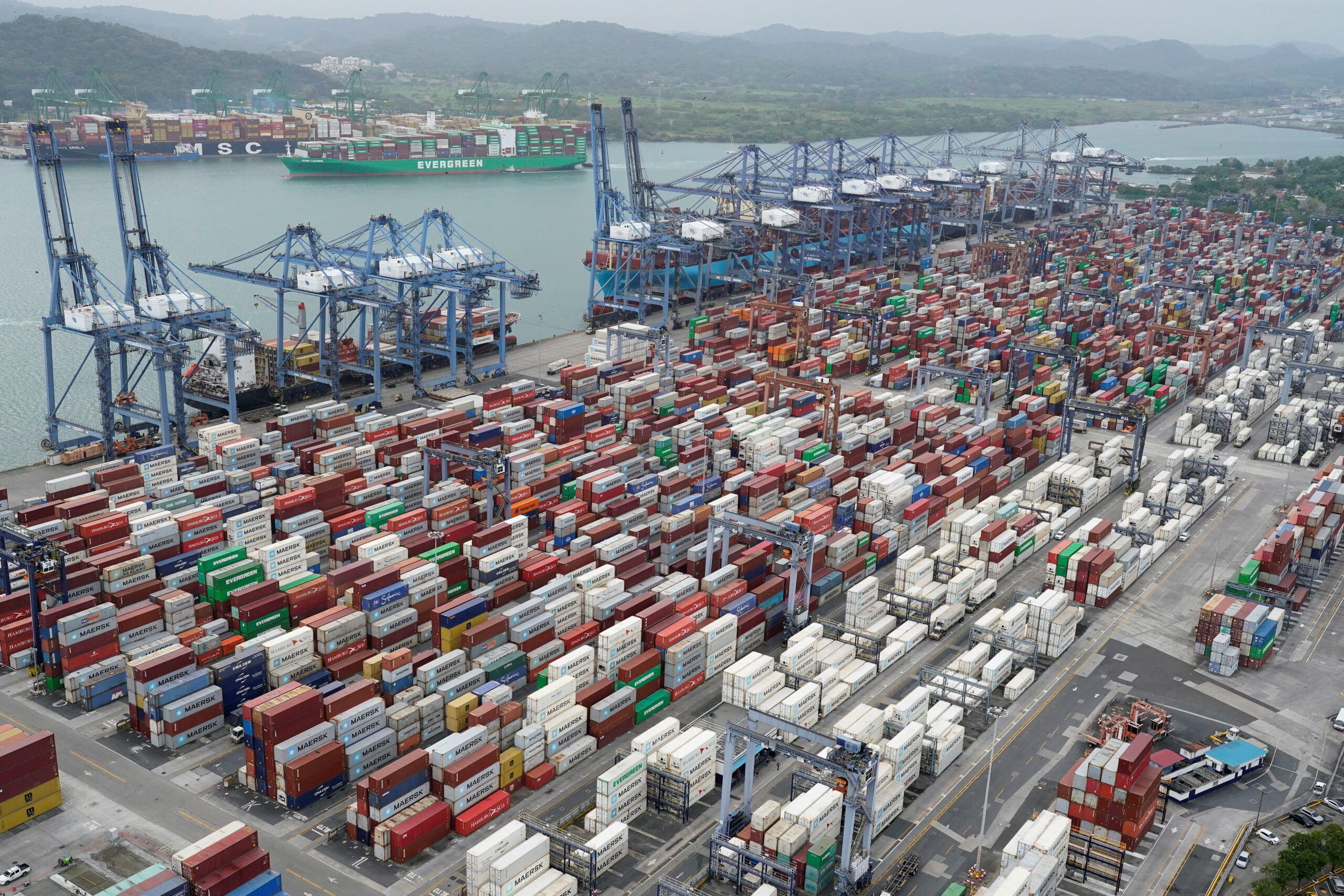Workers carry a rope line to fasten a decommissioned ship at the Alang shipyard in Gujarat, India, in this March 27, 2015 file photo. REUTERS/Amit Dave/Files
 COPENHAGEN, July 18 (Reuters) – A record number of around 150 container vessels are expected to be scrapped in 2016 but it will not be enough for an industry battling over capacity, low demand and falling rates, consultancy firm Drewry said.
COPENHAGEN, July 18 (Reuters) – A record number of around 150 container vessels are expected to be scrapped in 2016 but it will not be enough for an industry battling over capacity, low demand and falling rates, consultancy firm Drewry said.
In 2015, demolitions were less than half of the expected 2016 level but it will not be a real relief for the struggling container shipping industry.
“This will only make a dent into the over-capacity built during the 2010-15 period,” Drewry wrote in a note.
Demolitions are expected to reach 450,000 twenty-foot equivalent units this year and based on an average size of 3,000 TEU for ships which are being scrapped, this means that about 150 mainly old and medium-sized container ships will be pulled out of the market.
The world’s largest container shipping company, Maersk Line, a unit in conglomerate A.P. Moller-Maersk, said in February it would scrap more vessels and therefore begin to use four shipyards along India’s Alang beaches to handle it.
German container line Hapag-Lloyd also warned investors that profit would fall in 2016 and signed a binding agreement with Arab peer UASC to form the world’s fifth largest shipping company in response to a global industry crisis.
Container vessels are normally in service, depreciating, over 25 years but some owners have pulled ships only 15 years old because freight rates have been on loss-making levels.
Owners of older container vessels can chose between chartering out ships at historically low and loss-making levels, or paying for idling costs until any market recovery – or simply scrapping the vessels, Drewry said.
Roughly 90 percent of the world’s goods are carried by sea, with over 70 percent in containers carrying everything from flat-screen TVs to sportswear from Asia to the rest of the world.
Container transportation growth was once easily outpacing economic expansion, but no longer.
(Reporting by Ole Mikkelsen, editing by William Hardy)
(c) Copyright Thomson Reuters 2016.

 Join The Club
Join The Club











